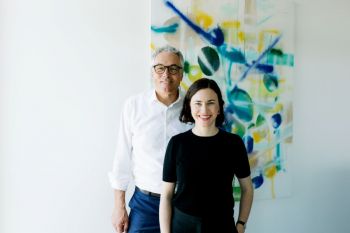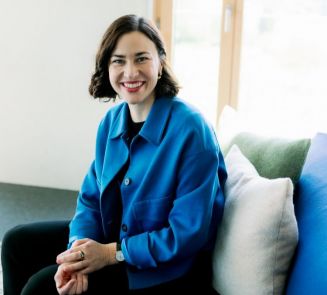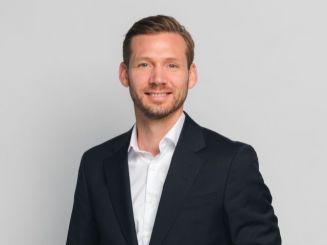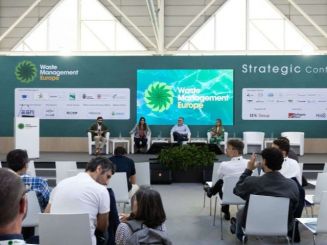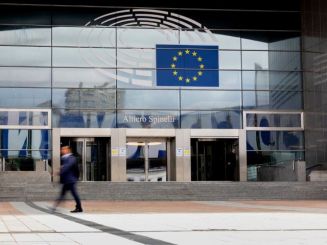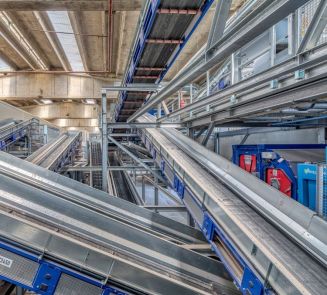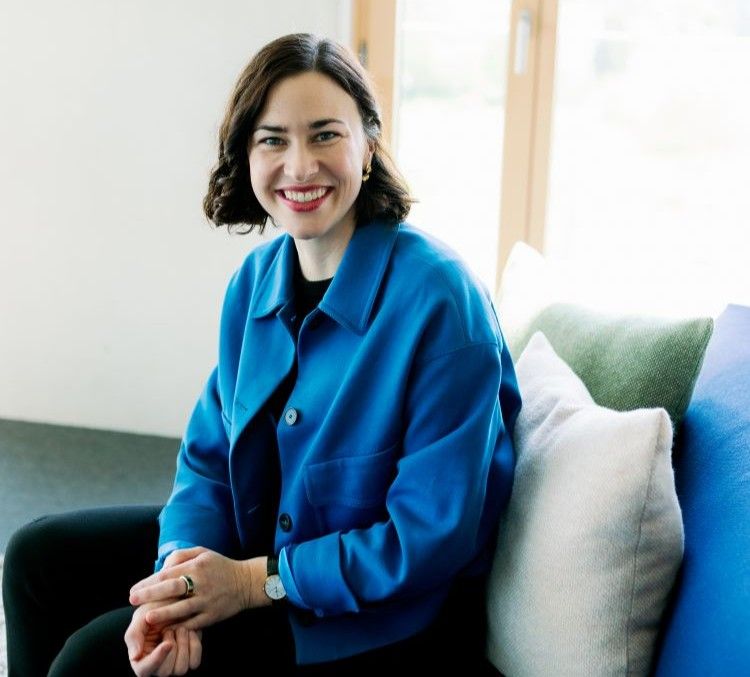
Julia's Vision
Interview with Julia Stadler, Co-CEO of Stadler, along with her father Willi. Together, they drive change with digital and sustainable solutions.
Recycling Industry: As the eighth generation leading a family-owned company with over 230 years of history, what does it mean to you to take on this leadership role alongside your father in this new phase of STADLER?
Julia Stadler: “Taking on the Co-CEO role as 8th generation in our family business comes with many emotions: pride, humility, and gratitude. It’s both a commitment to carry forward this company and a unique opportunity to shape where we’re going. Also, I am very happy to take on this role alongside my father. Our inter-generational exchange focusses on trust and long-term thinking rather than quarterly cycles, ensuring continuity for our teams and our customers.”
How has your previous experience as Chief Digital Officer contributed to reinforcing STADLER’s sustainability and circular economy goals?
Julia Stadler: “In my time as CDO we launched STADLERconnect, our cloud platform that turns machine and material data into actionable insights. Modules such as Predictive Maintenance, Downtime Tracker or Blockage Detection reduce unplanned downtimes, and this way improve sustainability. Our patented Material Split Control optimizes the distribution of material streams, so a larger share can be recycled. By replacing reactive processes with data-driven operation, our customers are already seeing higher uptime, lower CO₂ emissions and significantly better recycling yields.”
STADLER offers tailored solutions for all types of waste. What role does technology – such as artificial intelligence and data analytics – play in enabling a more efficient circular economy?
Julia Stadler: “Technology is the catalyst for a more efficient circular economy: It improves plant uptime, process efficiency, as well as qualities. At the same time, technology allows for a multi-site oversight and the right strategic decisions. This way it is unlocking higher recovery rates and achieves lower operating costs. One example is our module Predictive Maintenance: It recognizes wear or belt misalignment weeks in advance, avoiding costly emergency repairs and long downtimes.”
Which industries are leading the transition towards more sustainable and automated plants, and how is STADLER supporting this transformation?
Julia Stadler: “If you think about highly digital machines, one industry that comes to mind is the car industry. This industry is automated in two ways: in terms of use of industrial robots for production and in terms of digital solutions within the car itself.
Talking about the waste industries, especially high-throughput light packaging plants have very high automation rates. STADLER is supporting this transformation by offering and building more and more of such plants for the recycling industry. Besides, as we are increasingly selling digital solutions as add-ons to our plants, we are further strengthening the transition towards more automated plants.”
Sustainability is a core part of STADLER’s DNA. What will be your key priorities in the coming years to further strengthen this commitment?
Julia Stadler: “There are many topics, and I want to highlight three main priorities for the upcoming years:
- Scale digital services: rolling out STADLERconnect to new turnkey plants and retrofitting most of the installed base for improved plant performance.
- Use AI and automate processes: making our sorting plants even smarter with AI and using new technologies within our internal processes.
- Design for circularity: continuing our work in research projects and partnering with packaging brands early in the product-design stage so materials enter the waste stream ‘sorting-ready’.”









